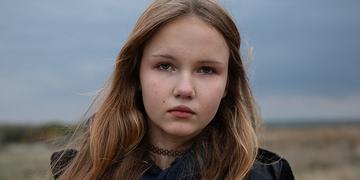Help Children in Bosnia and Herzegovina
Two decades after violent conflict overtook the former Yugoslavia, the area has returned to relative peace. However, unemployment is high, and youth unemployment has increased to 63%. Much progress has been made, but it has not reached everyone equally, and children in Bosnia and Herzegovina suffer the most. Impoverished children and those who are socially excluded still lack access to basic services.
The Challenges for Bosnia and Herzegovina's Children
Children who are poor, disabled or socially excluded are missing out on healthcare, education and basic services. They need your help.*
6 out of 1000 children die before their 5th birthday
6% of children are engaged in child labor
17% of people live in poverty

Our Work for Children in Bosnia and Herzegovina
Save the Children has worked in Bosnia and Herzegovina since 1996, in the aftermath of violent conflict in the former Yugoslavia. Our work has evolved from humanitarian relief to development throughout the past 16 years. Currently, we are implementing programs in child protection, education and emergency response.
Save the Children focuses on building regional cooperation, advocating to prioritize child safety in risk reduction and disaster preparedness, and helping children build their readiness and resilience in the face of disasters.
How to Help Children in Bosnia and Herzegovina
Donate
Support Save the Children’s mission. Donate to help children in Bosnia and Herzegovina, and around the world, survive and thrive.
Join Team Tomorrow
Join Team Tomorrow and your monthly donation will go toward addressing the needs of children affected by today’s most urgent issues.
Browse the Gift Guide
Give a unique and meaningful gift that will bring joy – and change lives. Find something for everyone on your list.
Sources: Facts and statistics have been sourced from Save the Children’s monitoring and evaluation experts, as well as our thought leadership publications, including our Global Childhood Report 2020. Other sources include CIA World Factbook and BBC Country Profiles.




